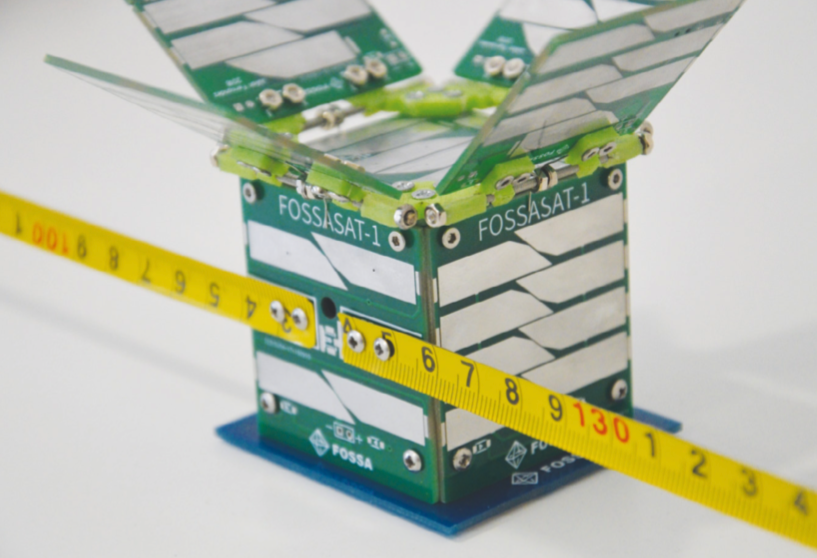Most of the time a satellite will not be overhead of a single ground station; in fact, it may only pass over a ground station once every few days, massively reducing the amount of information or data we can receive. So we need a network of ground stations. The SatNOGS network solves this by creating a global network of stations that can work together to increase coverage.
SatNOGS is an open-source project that has numerous designs for satellite ground stations, but whichever design you pick, you can join the network that links them all via the web.
A station owner can use the website to browse for future passes of a satellite, and then click a button to schedule for their station to turn on, tune to frequency, and record the pass, sometimes even rotating the antenna on the station to track the satellite. Not only can a station owner schedule an observation on their own station, but they can schedule observations on any station on the global network.
The simplest form of a SatNOGS station is one that doesn’t move or track and is made from a static antenna, a Raspberry Pi, and a cheap software-defined radio (SDR) dongle. The SDR dongle has become ubiquitous in maker circles as it is an affordable entry item into the world of receiving signals via SDR.
See how to build it at www.raspberrypi.org/blog/build…
#SatNOGS #raspberrypi #satellites

source https://squeet.me/display/962c3e10-135c-ba06-9945-d58665346270
SatNOGS is an open-source project that has numerous designs for satellite ground stations, but whichever design you pick, you can join the network that links them all via the web.
A station owner can use the website to browse for future passes of a satellite, and then click a button to schedule for their station to turn on, tune to frequency, and record the pass, sometimes even rotating the antenna on the station to track the satellite. Not only can a station owner schedule an observation on their own station, but they can schedule observations on any station on the global network.
The simplest form of a SatNOGS station is one that doesn’t move or track and is made from a static antenna, a Raspberry Pi, and a cheap software-defined radio (SDR) dongle. The SDR dongle has become ubiquitous in maker circles as it is an affordable entry item into the world of receiving signals via SDR.
See how to build it at www.raspberrypi.org/blog/build…
#SatNOGS #raspberrypi #satellites

source https://squeet.me/display/962c3e10-135c-ba06-9945-d58665346270
Comments